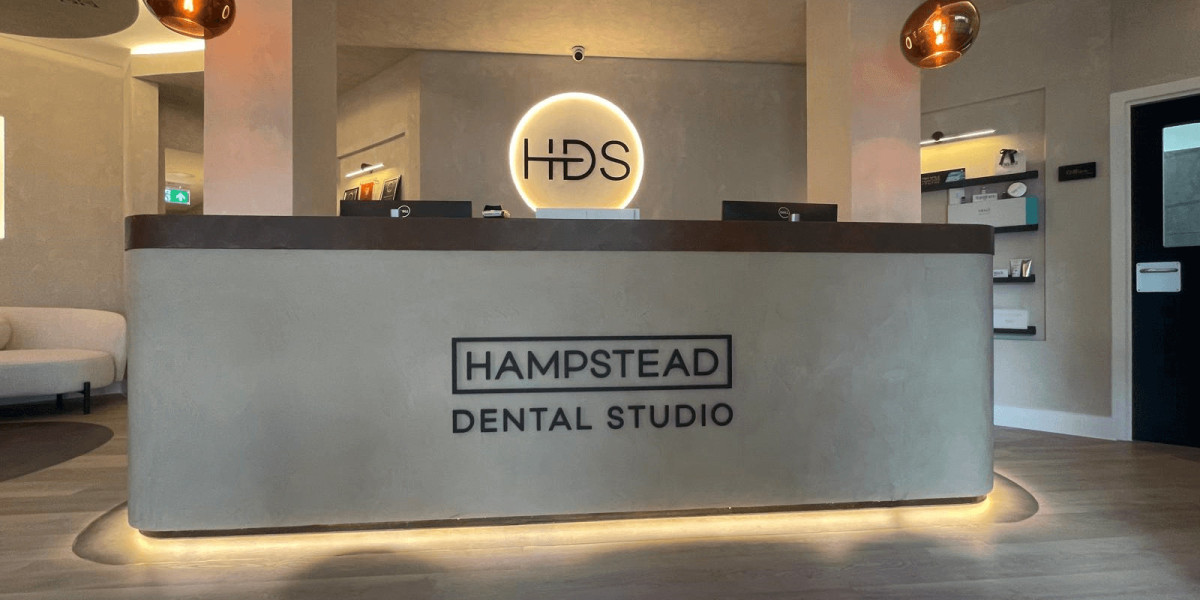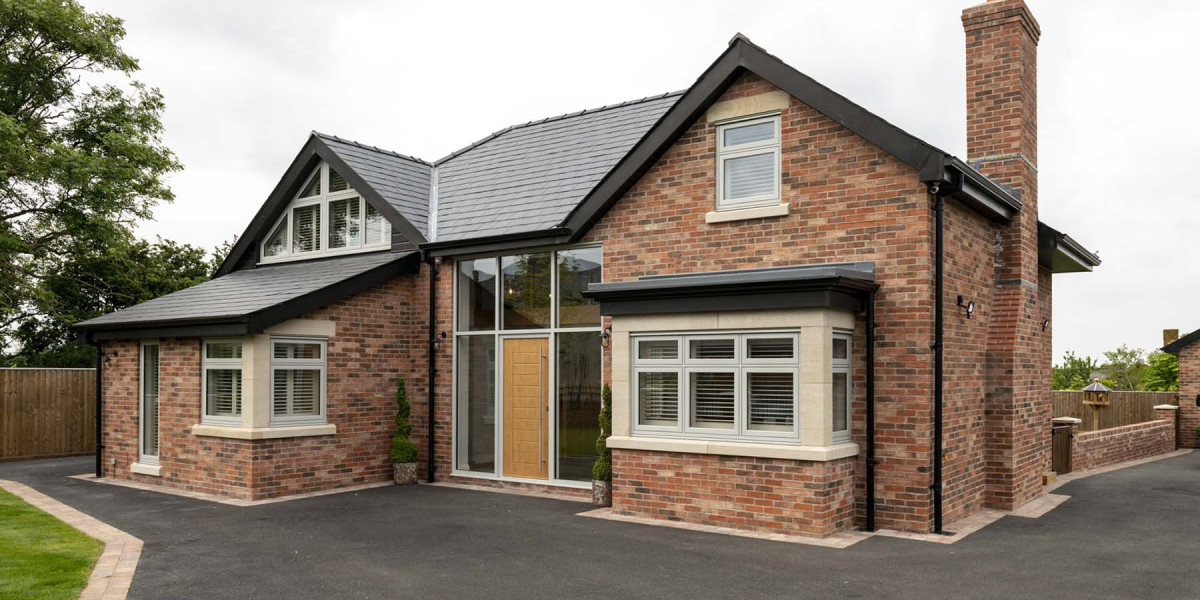Visiting a dentist can be a stressful experience for many patients. The unfamiliar environment, sounds of dental instruments, and anticipation of treatment all contribute to anxiety. While dental professionals focus on delivering excellent care, the environment in which that care is delivered plays a significant role in shaping patient experiences. Thoughtful dental clinic interior design can reduce stress, create a welcoming atmosphere, and even enhance patient trust.
For new practices, particularly a squat dental practice, where space may be limited, creating a calming environment is not just about aesthetics it’s a crucial part of patient care. This guide explores design strategies that help reduce patient anxiety, making visits more comfortable for everyone.
Understanding the Psychology of Space and Patient Anxiety
Research shows that the design of a space can influence emotions, behaviour, and even physiological responses. Patients entering a dental clinic subconsciously evaluate the space, which can either increase their sense of safety or heighten anxiety.
Elements such as lighting, colour, layout, and furnishings communicate professionalism and care, but they also contribute to how relaxed patients feel. A bright, cluttered, or overly clinical environment may make a patient feel exposed or uneasy. Conversely, a well-thought-out design with soft lighting, calming colours, and clear spatial organisation can create a sense of calm, even before treatment begins.
The waiting area, often the first point of contact, plays a pivotal role. It is not just a space to wait; it is the first opportunity to reassure patients that they are in a professional and comforting environment.

Key Design Elements for a Calm Dental Clinic Interior
Creating a serene dental space involves balancing functionality with comfort. Here are key elements to consider in effective dental clinic interior design:
1. Colour Palette Choices
Colour can significantly affect mood. While stark whites are often associated with clinical environments, softer, neutral tones tend to reduce anxiety and promote relaxation.
Colour | Psychological Effect | Suggested Use |
Soft Blue | Calmness, trust | Walls, artwork, upholstery |
Light Green | Balance, relaxation | Waiting areas, treatment rooms |
Warm Neutrals (Beige, Taupe) | Comfort, warmth | Flooring, furniture, feature walls |
Pastel Shades | Gentle, soothing | Accent décor, ceiling panels |
Using a combination of these tones rather than pure clinical whites helps patients feel more at ease while maintaining a professional appearance.
2. Lighting Strategy
Lighting is another powerful tool in calming patients. Harsh fluorescent lights can heighten anxiety, while soft, layered lighting provides comfort without compromising functionality.
Tips for effective lighting:
- Maximise natural light through windows or skylights.
- Use soft ambient lighting in waiting areas.
- Include task lighting in treatment rooms for precision work without overwhelming brightness.
- Consider adjustable lighting systems that can create different moods depending on the time of day or procedure.
3. Furniture & Layout
Comfortable, ergonomic furniture helps patients feel more relaxed. Chairs with good back support, seating arranged to allow privacy, and uncluttered pathways all contribute to a stress-free environment.
- Choose rounded edges for tables and counters to soften the clinical feel.
- Ensure seating is spaced to avoid crowding.
- Use modular furniture that can adapt to changing needs, especially important in a squat dental practice.
An organised and thoughtfully arranged layout allows staff to move efficiently while reducing the sense of chaos that can make patients uneasy.
4. Use of Nature and Biophilic Design
Incorporating elements of nature has been shown to reduce stress and improve mood. Plants, natural materials, and nature-inspired artwork can transform a dental clinic from cold and clinical to warm and inviting.
- Indoor plants in waiting areas and reception desks.
- Wooden furniture or natural textures on walls and floors.
- Water features or small aquariums as calming focal points.
- Large windows or skylights to connect patients with the outside environment.
Even small touches of biophilic design can significantly enhance the feeling of calm in a clinic.
Designing the Waiting Area as a Calm Haven
The waiting room is often the most anxiety-inducing part of a dental visit. Thoughtful design can transform this space into a calming haven.
- Distractions: Provide magazines, calming visuals, or digital displays with health tips.
- Quiet corners: Private seating areas reduce stress for patients who prefer solitude.
- Soundscapes: Soft background music or gentle natural sounds can mask clinical noises and create a relaxing environment.
- Visual interest: Wall art, plants, or feature lighting can engage patients positively as they wait.
By prioritising patient comfort in the waiting area, clinics can set a positive tone for the rest of the visit.
Treatment Rooms: Functionality Meets Comfort
Treatment rooms must balance clinical efficiency with patient comfort. While dental work requires precise lighting and functional design, the overall environment can still be calming.
Practical design choices for treatment rooms:
- Soft wall colours to reduce the “clinical coldness.”
- Ceiling visuals or screens that allow patients to focus on something other than the procedure.
- Soundproofing to minimise noise from neighbouring rooms.
- Organised, uncluttered layouts that allow staff to work efficiently without overwhelming the patient.
Even minor design changes in treatment areas can significantly reduce patient anxiety.

Considerations for a Squat Dental Practice
Starting a squat dental practice presents unique challenges, particularly around space constraints and budget. However, a calming environment is achievable with smart, cost-effective solutions:
- Modular furniture: Flexible pieces allow maximum use of limited space.
- Compact design solutions: Use vertical storage, wall-mounted equipment, and multipurpose areas.
- Prioritise patient experience: Even small touches like soft lighting, plants, and comfortable seating create a sense of calm.
- Scalable design: Plan spaces that can adapt as the practice grows, ensuring long-term functionality and patient comfort.
A well-designed small clinic proves that even limited space can provide a high-quality, calming patient experience.
Modern Touches That Enhance Calm
Modern technologies and design elements can further reduce patient anxiety:
- Digital check-ins: Reduce waiting time and streamline the patient journey.
- Scent diffusers: Gentle fragrances such as lavender or eucalyptus can promote relaxation.
- Artwork and décor: Personalised artwork or local-themed décor creates a welcoming, non-clinical feel.
These touches, while seemingly minor, contribute to a positive and stress-free atmosphere.
Conclusion
A dental clinic’s interior design is more than decoration; it plays a crucial role in reducing patient anxiety and building trust. Thoughtful choices in colour, lighting, furniture, and natural elements create a calming environment that benefits both patients and staff. For a squat dental practice, investing in smart, calming dental clinic interior design from the outset can improve patient satisfaction and loyalty. Every detail, from waiting area seating to treatment room layout, contributes to comfort and reassurance. Divo Interiors LTD specialises in transforming dental practices into modern, inviting, and anxiety-reducing spaces that balance functionality with aesthetic appeal.







